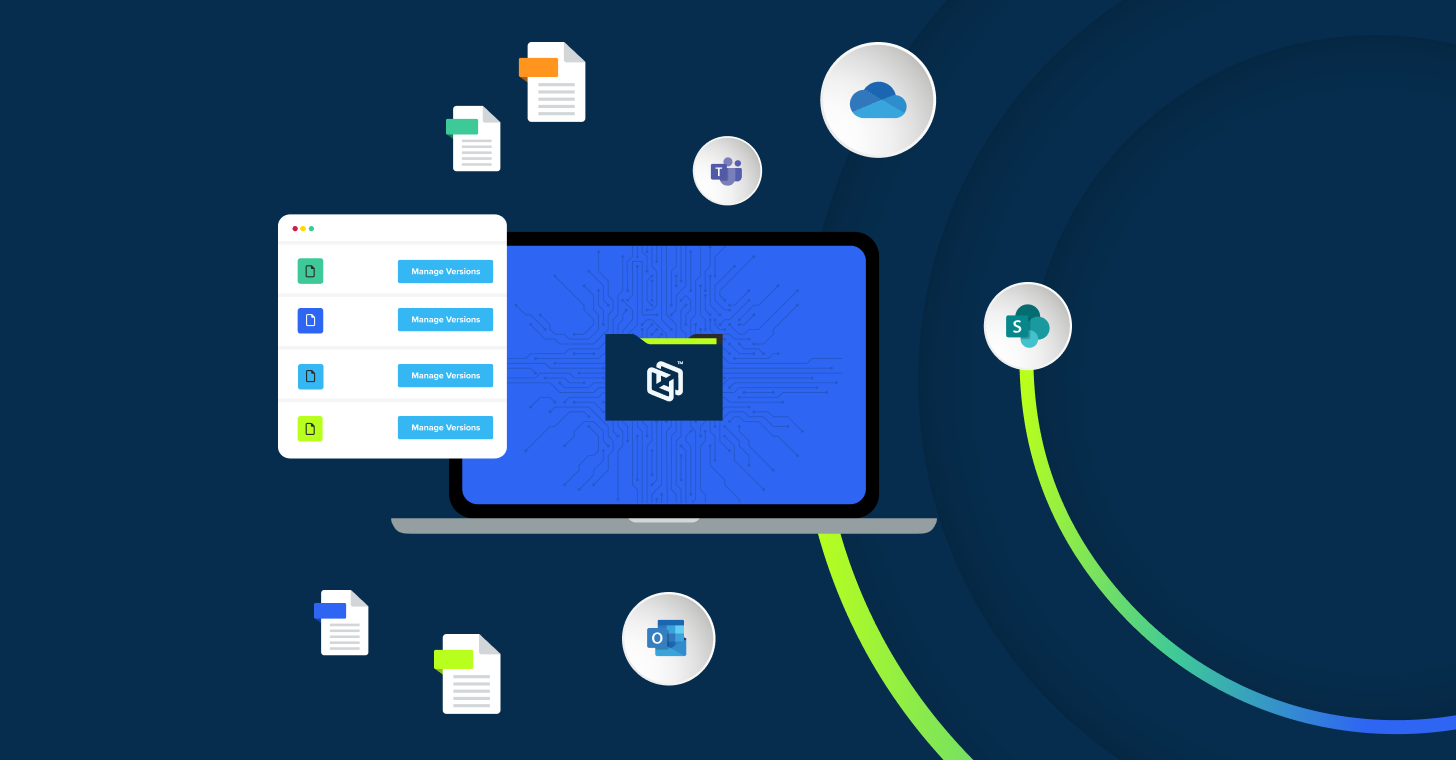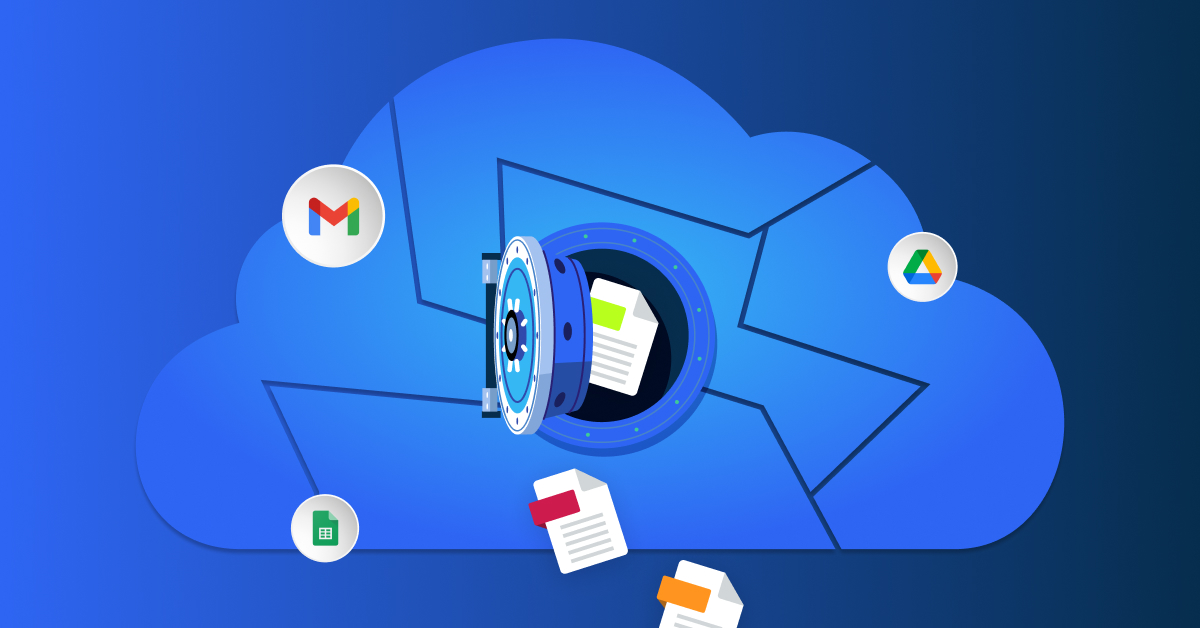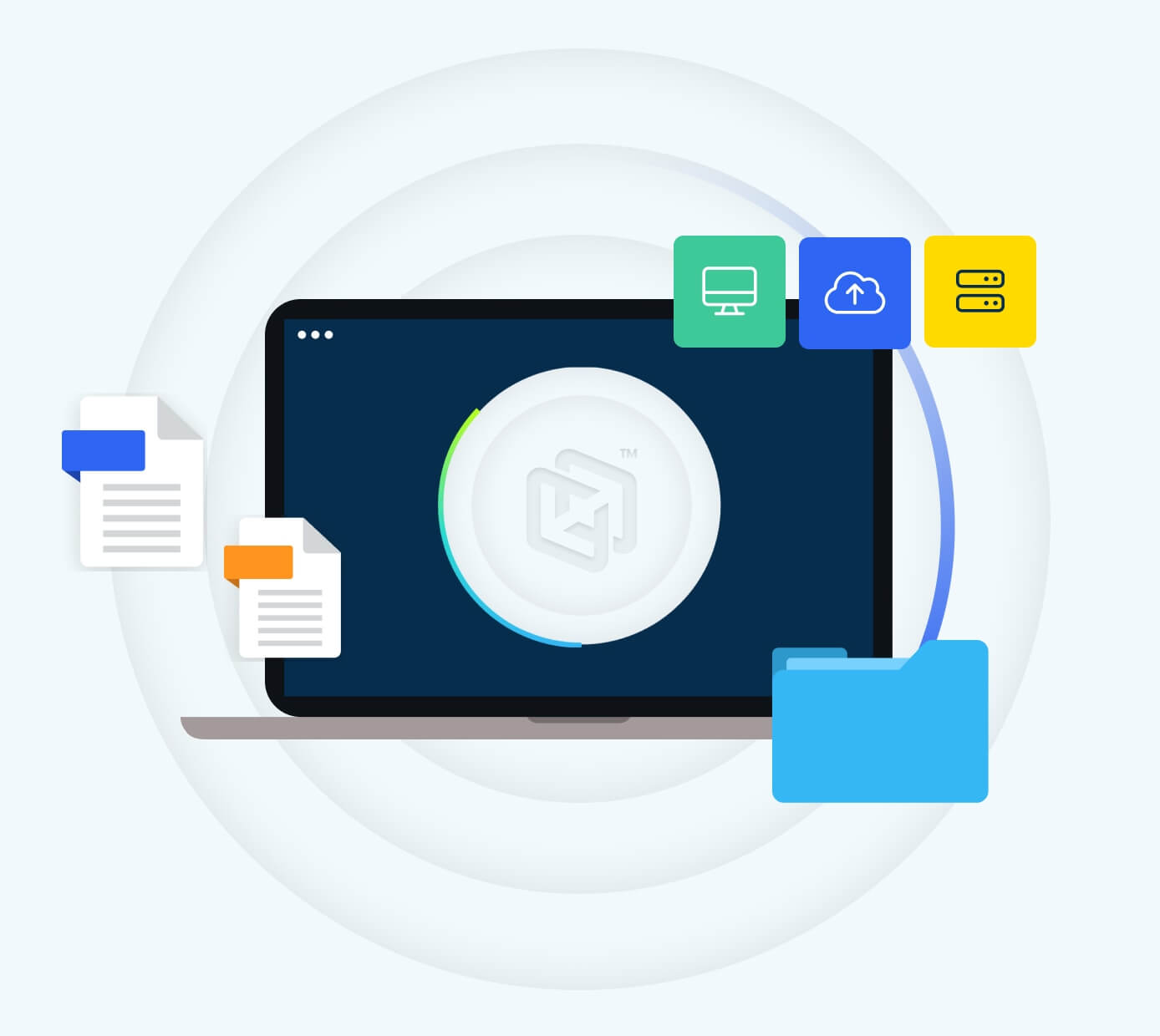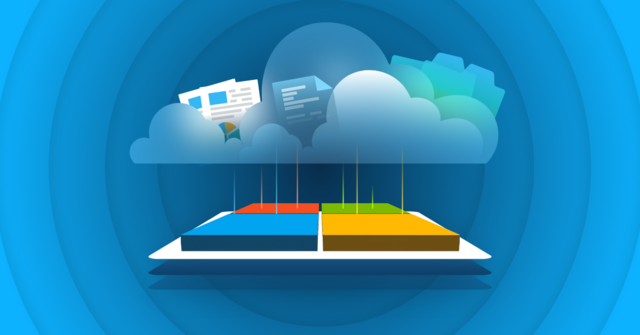
Over time, the performance and security of a company’s endpoints (laptops, desktop computers, etc) will suffer. These performance drops can lead to security issues, reduced productivity, and an inability to use essential applications. To prevent these issues from occurring, many companies replace older devices in their fleet on a regular schedule. While replacing devices is essential to maintaining productivity and security, it can create a bottleneck in productivity if the device’s data can’t be moved to the new devices easily.
Fortunately, an endpoint backup solution with self-service device migration capabilities can speed things up for both employees and your IT team. It enables employees to quickly migrate all the data from their old device to their new one with minimal help from your organization’s IT team.
What Is a Device Refresh?
A device refresh refers to the periodic replacement of an organization’s endpoints. Typically, an organization’s device refresh cycle will occur every three to four years. When it comes time to refresh their device fleet, they’ll replace outdated devices and migrate data from these devices to new ones.
There are several benefits to having a regular device refresh cycle. You can budget ahead of time if you know when you’ll be replacing computers, and you may be able to get better pricing on bulk orders. Plus, you minimize situations where an employee’s device suddenly fails and then they’re unable to get their work done. Not to mention the burden on IT teams when they have to drop everything and get a user set up with a new computer.
What Is Self-Service Device Migration and How Does It Work With an Endpoint Backup Provider?
One essential part of a device refresh is migrating data from old devices to new ones. In the context of a device refresh, self-service device migration means end users can independently migrate data to their new device.
An efficient way to enable self-service device migration after a device refresh is to leverage a cloud-based endpoint backup solution. This type of solution makes frequent copies of data on the user’s hard drive and stores it in the provider’s cloud as a backup on an ongoing basis. The primary purpose of an endpoint backup solution is to allow users to restore files in any situation where there’s a loss of data. While it has numerous benefits on its own, it can also significantly speed up the device migration process.
For example, if your team is swapping out an employee’s laptop for a new one, the employee could use a device migration feature from an endpoint backup solution to transfer files to their new laptop. Instead of waiting for an IT team member, they’ll simply access their backup data from their provider’s cloud and download it onto the new device..
After they’ve migrated their data from their user archive, your employees can get right back to work.
3 Benefits of Using Self-Service Device Migration During a Device Refresh
Refreshing a device can be time consuming, especially if you only have your IT team handling data transfer between old and new devices. If you want to save time and ensure your employees have all the data they need after a device refresh, an endpoint backup provider with self-service device migration capabilities can really help. Learn more about the advantages of using self-service device migration during a device refresh below:
1. Save Your Employees’ Time
If your IT team has to manually migrate data during a device refresh, it can slow down the refresh process since your team will have to wait for them to get data off the old computer and move it to the new one.
But if you have an endpoint backup solution that’s already continuously saving your employees’ data to the cloud, there’s no need to copy their data to a secondary location like an external drive or network location before moving it to the new device.
An endpoint backup solution with self-service device migration allows teams to save time and cut out the middleman by giving employees the ability retrieve their data from a backup that already exists. This self-service ability means your IT team can focus on other matters and won’t have to manually move data. And it especially comes in handy when you have remote employees.
Your employees can get back to work only a few minutes after receiving their new computer.
2. Prevent Unwanted Data Loss
When your team has to manually migrate data to a new device, some data may be missed in the process. Using an automatic endpoint backup solution for file backup and migration can prevent this unwanted data loss, as all the data stored on the old device will already be backed up to your endpoint backup provider’s cloud. By having all the data in your backup provider’s cloud, you won’t have to worry about missing anything when your employees migrate data to their new devices.
3. Easily Restore Preferred Settings
If you’d like to restore all or some of your device’s old user settings, you can do so with a comprehensive device migration solution. As long as the endpoint backup provider allows for the transfer of user settings in their device migration solution, employees can simply restore them while they migrate their files to their new devices. By allowing for the fast transfer of user settings, your employees won’t have to do any extra leg work when using a new device.
Endpoint Backup With Self-Service Device Migration Capabilities
At CrashPlan, we’re proud to provide endpoint backup solutions with self-service device migration capabilities. When your employees get their new computer, they can use CrashPlan’s user-friendly app to migrate data from their user-specific archive to their new device. Since CrashPlan is OS-inclusive, has user-specific backup sets, provides automatic backups every 15 minutes, and offers easy setting transfers, we simplify and speed up the device refresh process for our users.
Learn more about our self-service device migration features today. If you’d like to try our endpoint backup solutions with device migration features, please sign up for our free trial.





